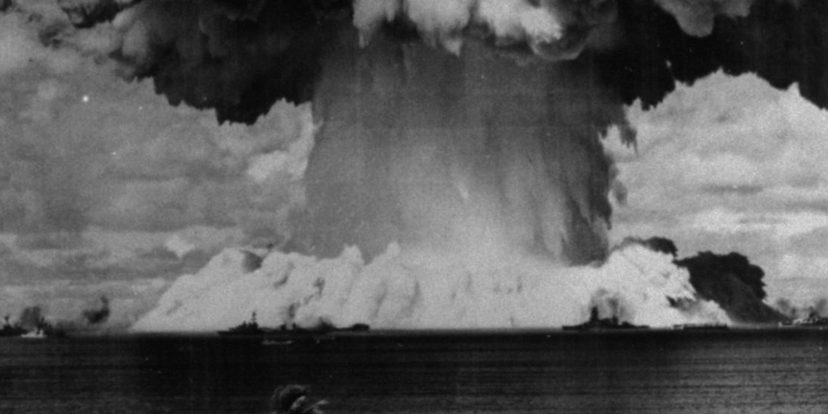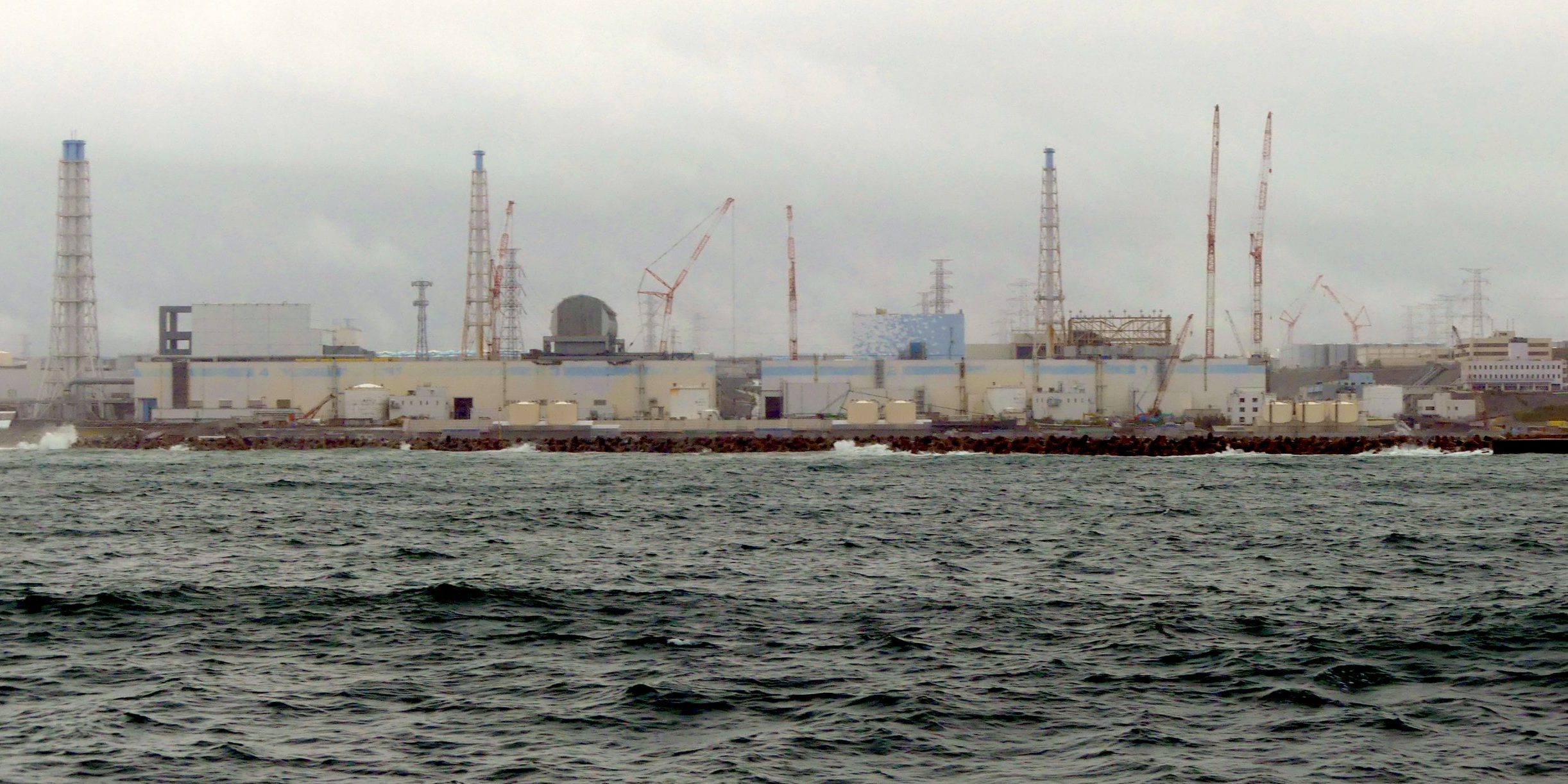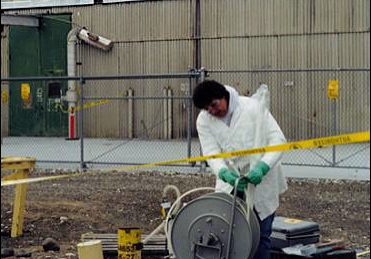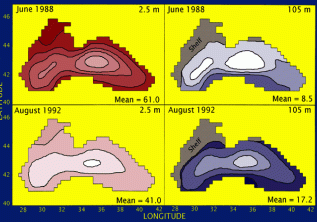Current Projects
Ocean Twilight Zone
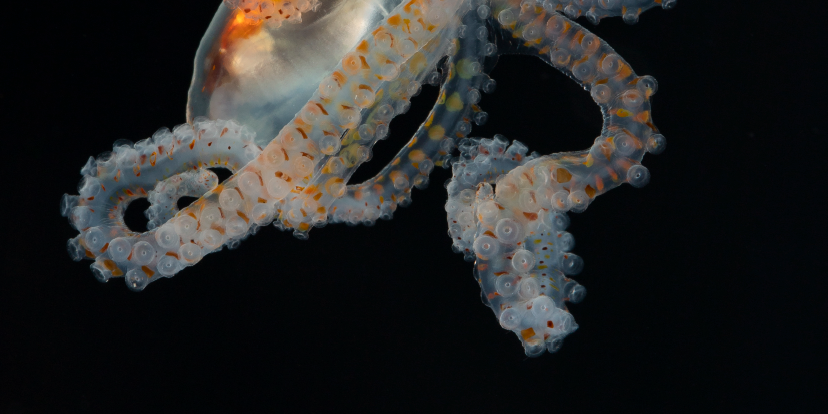
Below the sunlit surface, there's a realm known as the ocean's "twilight zone." At 200 to 1000 meters below the surface, sunlight is barely a...
EXPORTS
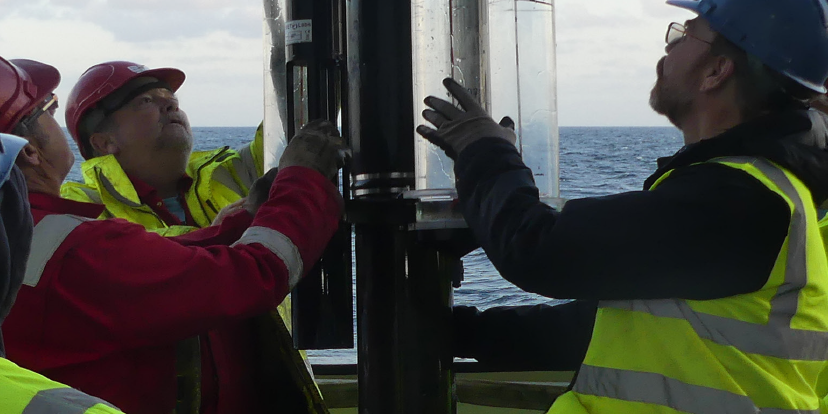
Ocean Exports is a large-scale NASA program with the goal of quantifying the export and fate of upper ocean net primary production using satellite observations...
GEOTRACES
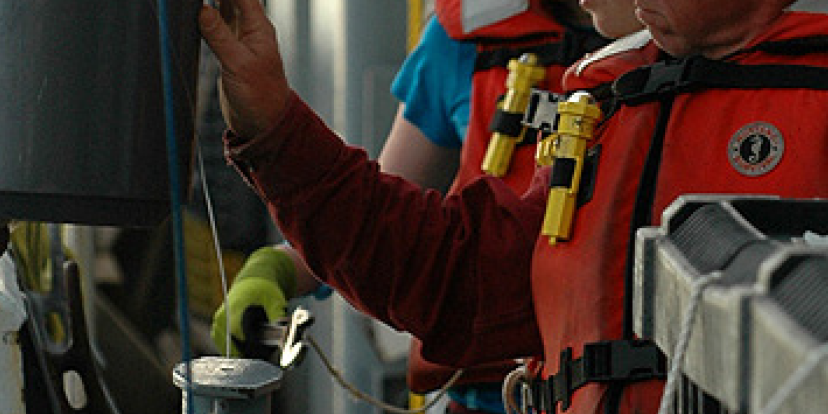
GEOTRACES is an international collaborative project studying marine biogeochemical cycles of trace elements and their isotopes in the ocean. Trace elements, critical for marine life,...
Fukushima Contaminants

Fukushima Contaminants On March 11, 2011 a 9.0-magnitude earthquake triggered a 15 m (45 ft) tsunami inundating the Fukushima Dai-ichi Nuclear Power Plant (FDNPP). This...
Older Projects
Are all traps created equal?

Are All Traps Created Equal? This collaborative project took sediment and particle trap equipment to sea on the North Atlantic...
Uranium in Seawater

Uranium in Seawater Overview of Research This project active from 2014 to 2018 built upon the efforts within the DOE's...
VERTIGO
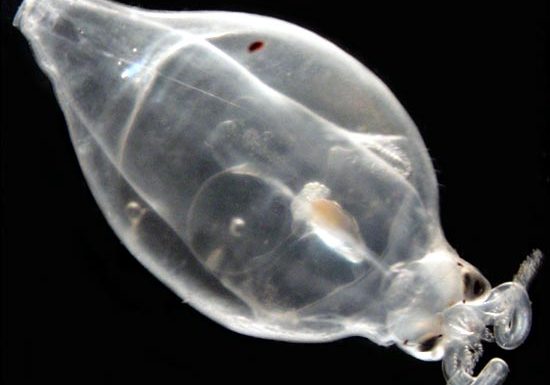
VERTIGO - Ocean Particle Fluxes VERtical Transport In the Global Ocean- aka VERTIGO- was one of our largest and most...
Twilight Zone EXplorer
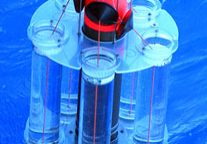
TZEX - Twilight Zone EXplorer Project Summary This project sets out to develop improved particle flux collectors and use these...
TENATSO-SIRENA

TENATSO - Cape Verde time-series Establishing Long-term Ocean-atmospheric Observations on Cape Verde Observation is fundamental to understanding global change. Atmospheric...
Southern Ocean Iron Experiment
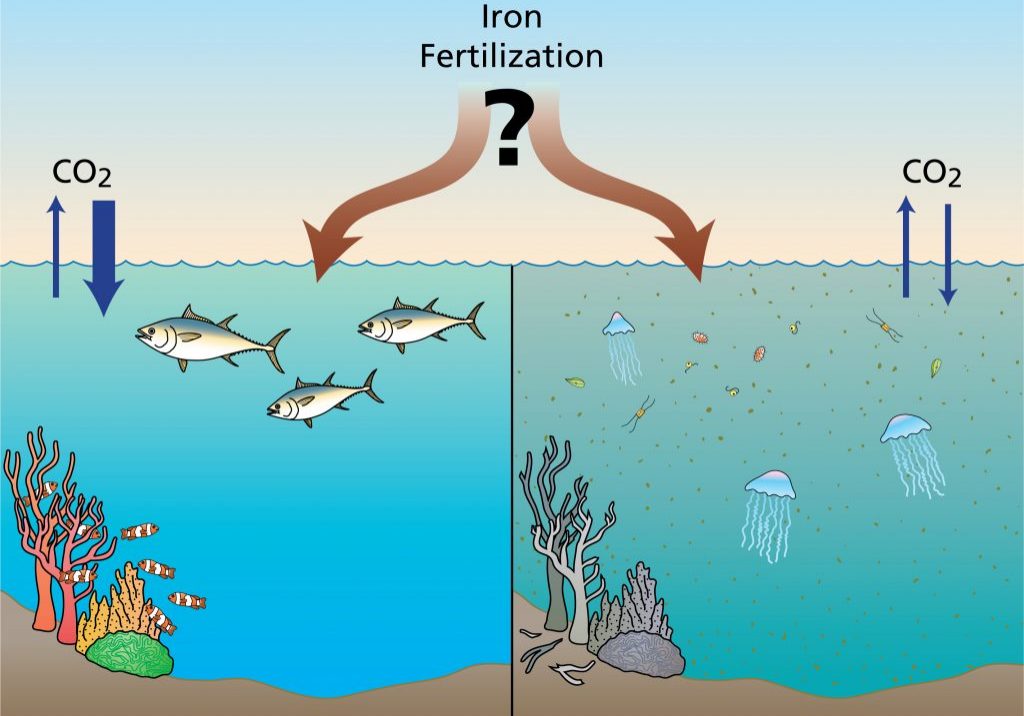
Why Dump Iron into the Ocean? Overview In the late 1980's, the late John Martin advanced the idea that carbon...
EDDIES – Sargasso Sea
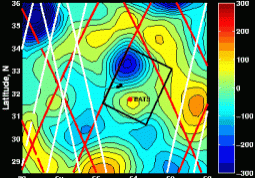
EDDIES - Sargasso Sea "EDdy Dynamics, mIxing, Export, and Species composition" is the title of a new project looking at...
Southern Ocean Carbon

Southern Ocean Carbon Cycle: Ocean Carbon Cycle Studies off Antarctica Overview The Southern Ocean is defined as those waters south...
